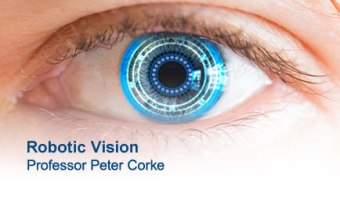Nowadays, we are surrounded by countless electronic devices that primarily facilitate certain situations that arise in our daily basis, and helping us to save time and to increase our efficiency and performance in various activities.
Robotics is one of the technologies that generate more controversy and relevance in this new post -industrial society. A bizarre topic to many but shows great curiosity for others. Even though it is a complex subject, robotics is a branch of applied computer technology to design and use of appliances, replacing human labour in some cases, and which usually is functional in industrial facilities.
Yes, it might sound kind of boring… but arouses great interest and endless questions if you look at the social impact that this technique can generate.
At present, commercial and industrial robots are widely used in the area of manufacturing and medicine, where they do the work of more accurate and faster method than humans. The “Robot” concept involves an unprecedented technological revolution, and in fact has progressed over time, focusing today in the creation of intelligent robots, being able to operate on their own.
With EdCast Knowledge Cloud, we will be capable of delving a little more into this complex world of robotics, where science fiction and reality blend each other, over the course of seven weeks: Robotic Vision, which comes to us through EdCast and Queensland university of Technology, and it will be taught by Peter Corkeskilled and known for his work on Visual Servoing and MATLAB toolboxes for robotics and artificial vision, who also is currently director of the Australian Research Council Centre of Excellence in Robotic Vision.
This online course is open to all! It is not only a subject for a small portion, anyone interested in robotics and vision systems can access freely. The course is free and opens its cyber doors from April 13th.
Robotic vision promises to get us into the wonderful world of computer vision –artificial intelligence sub field- and whose purpose lies in programming robots to understand a scene or features of an image. This process will determine the action and effectiveness of them through their perception towards the environment, which translates into: Robotic Vision
If you are looking for more information about this course, feel free to access to this link: https://moocs.qut.edu.au/learn/robotic-vision-april-2015
Laura Marenco Galvis
Chief Blogger & Social Media Specialist
EdCast India
